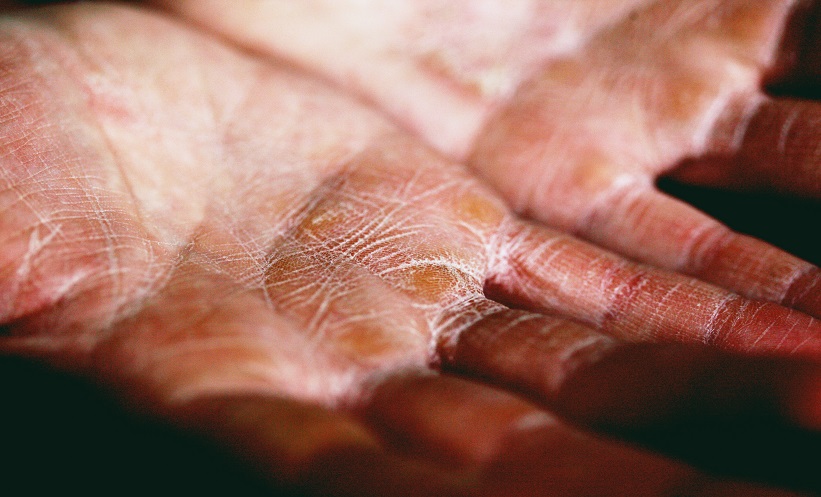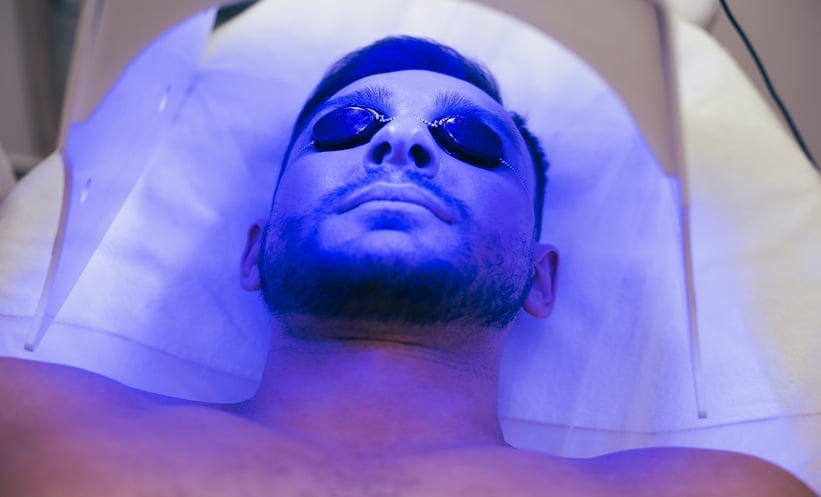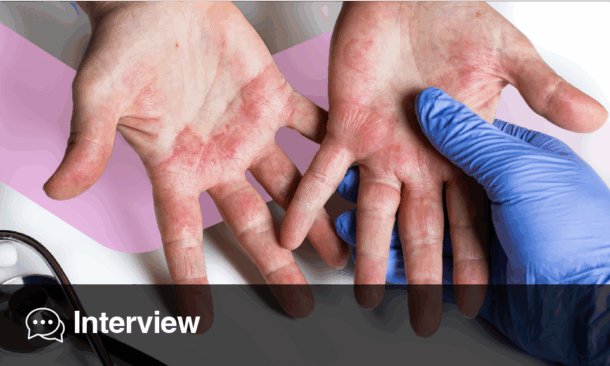PATIENTS with atopic dermatitis have a small increase in risk for venous thromboembolism, according to a population-based, nationwide cohort study performed in Taiwan.
It is already known that atopic dermatitis is associated with an increased risk of certain cardiovascular diseases, such as ischaemic stroke and myocardial infarction. Tai-Le Chen from the Department of Dermatology at Taipei Veterans General Hospital, Taiwan, and colleagues noted that “patients with atopic dermatitis were found to have elevated levels of inflammatory and prothrombotic markers, which are also involved in the pathophysiology of venous thromboembolism.”
The researchers analysed data from 284,858 individuals aged 20 years and older. The group was made up of patients who had been diagnosed with atopic dermatitis by a dermatologist or rheumatologist (n=142,429; mean age: 44.9 years; 54.91% females), and also matched controls (n=142,429; mean age: 44.1 years; 55.91% females).
During the follow-up period, 1,006 patients (0.7%) with atopic dermatitis developed venous thromboembolism, compared with 829 (0.6%) of the matched controls. The researchers translated this into incidence rate of 1.50 and 0.82 per 1,000 person-years in the atopic dermatitis group and the matched controls, respectively.
The researchers found that there is an increased risk for venous thromboembolism in adult patients with atopic dermatitis (hazard ratio [HR]: 1.28; 95% confidence interval [CI]: 1.17–1.40), compared with patients who did not have atopic dermatitis.
Venous thromboembolism is a vascular disease that causes blood clots to form, and it comprises of pulmonary embolism and deep vein thrombosis. During their study, the researchers discovered that patients with atopic dermatitis also have an increased risk of developing pulmonary embolism (HR: 1.3; 95% CI: 1.08–1.57) and deep vein thrombosis (HZ: 1.26; 95% CI: 1.14–1.40).
Overall, there is a 1.28-fold increased risk of developing venous thromboembolism in adults with atopic dermatitis. The authors concluded: “Individual outcome analyses suggested that atopic dermatitis was associated with increased risks for deep vein thrombosis and pulmonary embolism. However, the absolute risk different of venous thromboembolism between atopic dermatitis and non-atopic dermatitis adults appeared small.”







